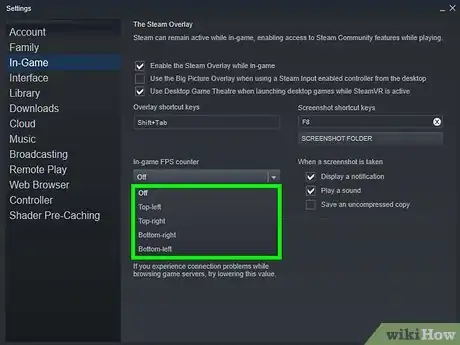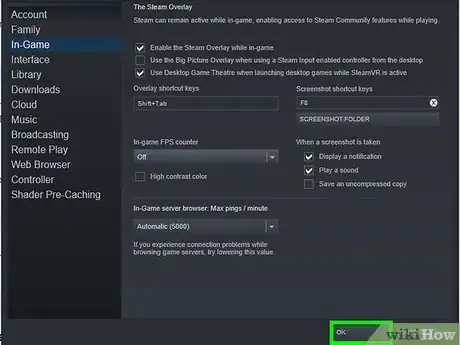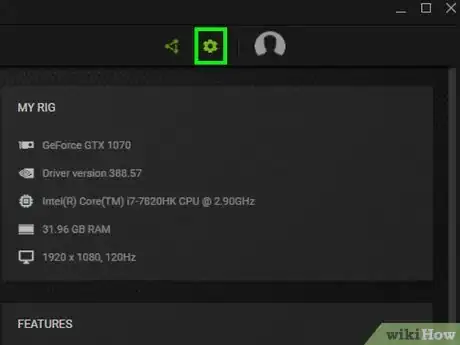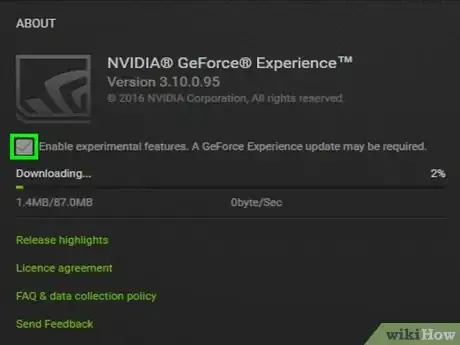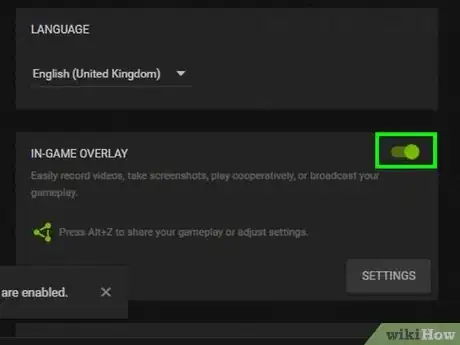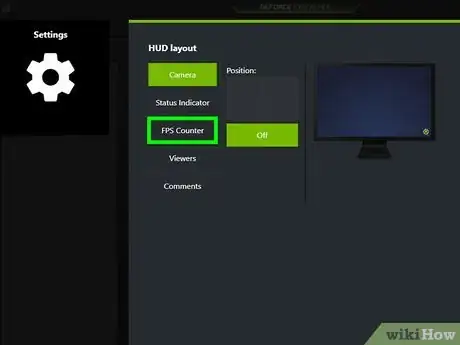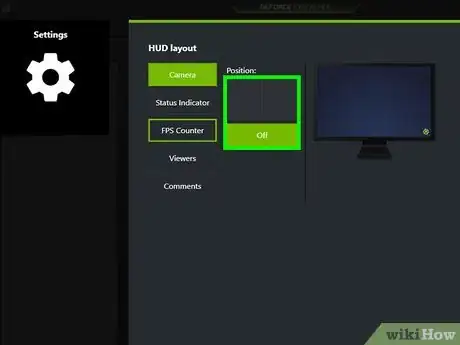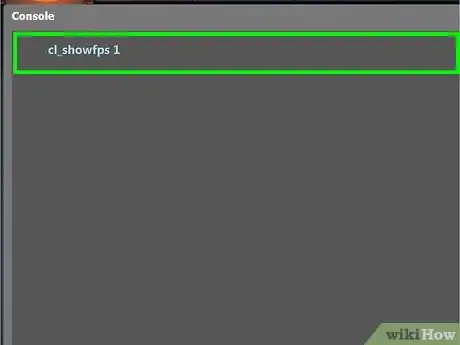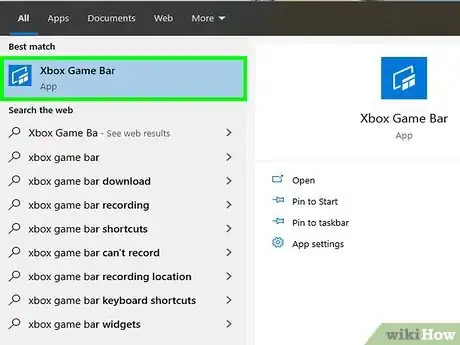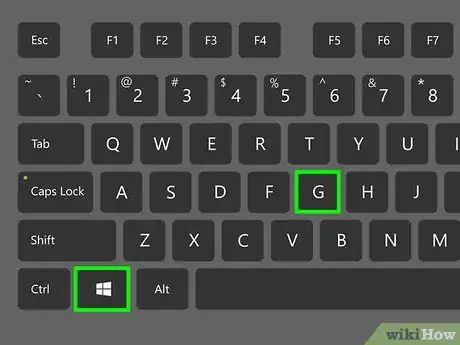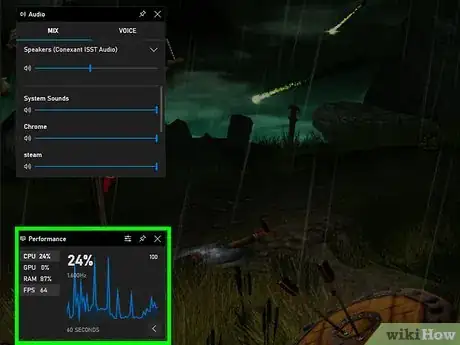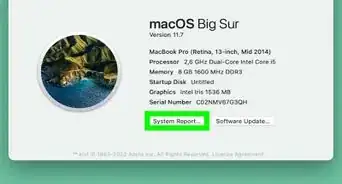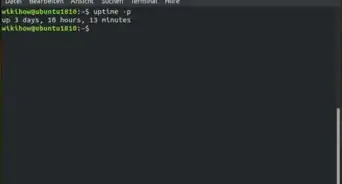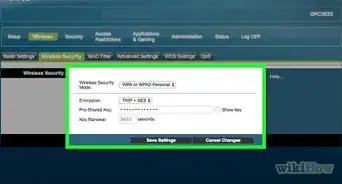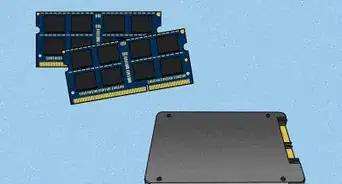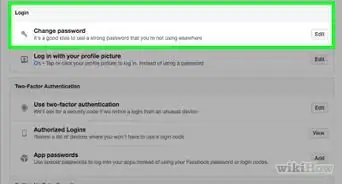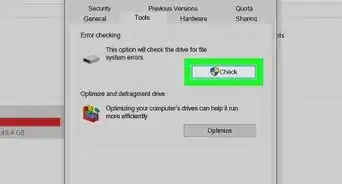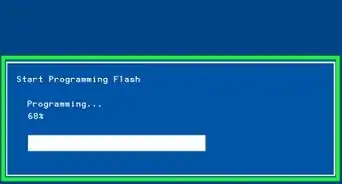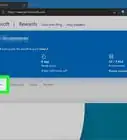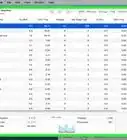This article was co-authored by wikiHow staff writer, Darlene Antonelli, MA. Darlene Antonelli is a Technology Writer and Editor for wikiHow. Darlene has experience teaching college courses, writing technology-related articles, and working hands-on in the technology field. She earned an MA in Writing from Rowan University in 2012 and wrote her thesis on online communities and the personalities curated in such communities.
This article has been viewed 10,443 times.
Learn more...
If your computer or laptop doesn't seem to be performing normally, you can track it's FPS (frames per second) during graphics-intensive activities, like gaming. This wikiHow will show you a few ways you can see the frame rates using Steam, NVIDIA GeForce, the game's built-in options, and the Windows 10 Xbox Game Bar. You can also use FRAPS to display your FPS; for more information on that software, see How to Use Fraps.
Steps
Using Steam
-
1Launch Steam. You'll find this program in your Start Menu or the Applications folder of Finder.
- If you don't have the desktop app, you can download and install it for free from https://store.steampowered.com/about/.
- You'll be able to use the In-game FPS counter in all your Steam games and maybe non-Steam games. You can add a game you purchased from somewhere else to your Steam library, and the FPS counter may or may not display.
-
2Click Steam. You'll see this in the upper left corner of the application window.
- If a Steam program window is not open, you can right-click the Steam icon in your taskbar (Windows) or the top menu bar (Mac).
Advertisement -
3Click Settings. You'll see this at the bottom of the menu if you clicked the Steam tab. However, if you clicked the icon in the taskbar or menu bar, you'll see Settings in the middle of the menu.
-
4Click In-Game. You'll see this on the left side of the Settings window.
-
5Click to select the drop-down under "In-game FPS counter." You'll see this in the middle of the window.
-
6Click to select a location for the FPS. You can choose to display the current FPS in the top left, top right, bottom left, or bottom right of your screen.
-
7Click OK. The Settings window will disappear.
-
8Launch a game through Steam. You'll now see the FPS displayed in the position you chose earlier.[1]
Using NVIDIA GeForce Experience
-
1Open NVIDIA GeForce Experience. If you have NVIDIA hardware, like a GeForce GTX or RTX Graphics card, you'll be prompted to use the NVIDIA GeForce Experience application and can display an in-game FPS counter.
-
2
-
3
-
4Click to toggle the switch on next to "In-Game Overlay." You'll see this near the middle of your screen.
-
5Click Settings in the "In-Game Overlay" section. You'll see this in the lower right corner of the section's box.
-
6Click HUD Layout. This is usually the second listing in the menu next to a grid icon.
-
7Click to select FPS counter. Now you'll be able to tell NVIDIA where to display the FPS counter.
-
8Click to select one of the four grid panels under "Position." You can set the FPS counter to display in the top left, top right, bottom left, or bottom right of your screen.
-
9Click Back. You'll find this on the right side of the Settings window.
-
10Click Done. This button will change the wording, but be the same button you clicked before.
-
11Click X (if more options pop up). If you exit the Settings window to the general Settings menu, you can skip this step.
- But if you see a pop-up, you can click the X that's in the upper right corner of your screen.
-
12Launch a game. You'll see your FPS displayed in green font in the position you chose earlier.[2]
Using the Game's Built-In FPS Counter
-
1Launch your game. Your game might not have a built-in option to display FPS; in that case, you'll need to use another method.
- If you have trouble finding this setting for your game, you may need to search for how to do it for your specific game or look at the developer's website.
-
2Check start-up options. Before the game starts, you might need to hit a button or press a key to pull up extra options. One of those might be to display FPS. Some games use launchers, like Steam or Origin, that also have external settings for displaying FPS.
-
3Check your video or graphics options. You might see a "show FPS" option in this section of your game settings menu.
- Make sure you look behind any "Advanced" labels, as it might be in there.
-
4Check for keyboard shortcuts. Some games don't show this in a game menu, but you can find it by pressing a button, especially if you're using a computer or laptop with a keyboard. For example, the F3 key on your computer's keyboard opens the Debug menu which also displays FPS when you're playing Minecraft.
-
5Check console commands. Other games, like DOTA 2, have in-game consoles that you have access to that can display FPS. In DOTA 2, after you pull up the developer console, you can type "cl_showfps 1" to show the FPS.
-
6Check if you can alter configuration files. Before you edit any files, make sure you are entering code that will display FPS and not change anything else. When you alter files, you run the risk of ruining and damaging your game or computer.
- For example, if you play DOTA 2, you can add "cl_showfps 1" to the autoexec.cfg to automatically display an FPS counter each time you open the game.[3]
Using the Windows 10 Xbox Game Bar
-
1Check the Microsoft Store to see if you need to update. You can also check the system requirements to make sure your PC can handle the application.
- The Xbox Game Bar feature was updated in October 2019 to include the framerate counter. If it didn't automatically download, you can go to the Microsoft Store and manually update your Xbox Game Bar application.
-
2Launch your game. When you launch a game, you should see a note that if you press a combination of keys, your Xbox Game Bar will open.
-
3Press ⊞ Win+G. You'll see a bunch of widgets and panels overlay your screen.
- If you don't see the Performance widget, you need to click ☰ > Performance. You'll see this three-line menu icon at the top of your screen.
- A Performance panel will appear and list your CPU, GPU, RAM, and FPS.
-
4Click FPS. If you see "--" listed as a result, you will need to click Request Access then follow the on-screen prompts and restart your computer.[4]
- When you restart your computer, if you're prompted, you'll see your FPS displayed here.
References
- ↑ https://www.howtogeek.com/209710/4-quick-ways-to-see-a-pc-game%E2%80%99s-fps-frames-per-second/
- ↑ https://gamesradar.today/enable-fps-counter-nvidia/
- ↑ https://www.howtogeek.com/209710/4-quick-ways-to-see-a-pc-game%E2%80%99s-fps-frames-per-second/
- ↑ https://beta.support.xbox.com/help/friends-social-activity/share-socialize/xbox-game-bar-performance
About This Article
1. Launch Steam.
2. Click the Steam tab.
3. Click Settings.
4. Click In-Game.
5. Click to select the drop-down under "In-game FPS counter."
6. Click to select a location for the FPS.
7. Click OK.
8. Launch a game through Steam.





